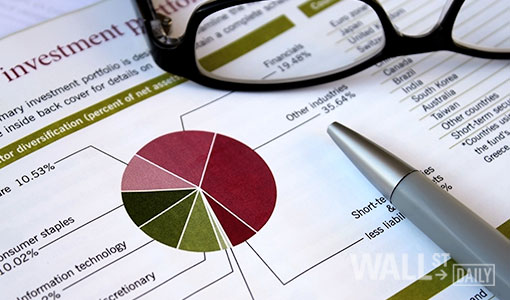
During the 1980’s, it was considered the “cruelest tax of all,” robbing consumers of purchasing power.
I’m talking about inflation.
Right after the global financial crisis, a financial publisher asked me to prepare a report on the “coming inflation.” After thinking it over, I told them that inflation would be muted for many years. They weren’t happy, but I was right.
Today, you can turn on any business news channel and, before long, several economists will appear to debate whether we’ll have inflation, deflation, or their evil twin stagflation, which we struggled with in the 1970’s.
You might be tempted to leave this inflation-deflation debate to the egghead economists. But that would be a mistake. The direction of prices will have an impact not just on your wallet, but also your portfolio, and you’ll need to protect both.
With commodities such as oil, copper, and iron ore plunging, I’d say the deflation hawks have the upper hand, as global inflation is at a 59-year low.
Inflation Versus Deflation
Inflation is “a persistent increase in the level of consumer prices or a persistent decline in the purchasing power of money.” In other words, it’s an upward movement in the average level of prices.
Deflation is the opposite, a downward movement in the average level of prices.
While inflation is the expansion of money and credit, deflation is the contraction of money and credit.
Inflation squeezes your purchasing power and nest egg while deflation pulls an economy’s growth rate and stock markets down to Earth.
In a healthy economy, there will always be modest inflation – it keeps commerce and economic momentum moving forward. Price stability enables everyone in an economy to make sound economic decisions and fosters a virtuous cycle of growth and progress.
High inflation, and expectations that it will get higher, discourages investment and savings – the fuel for growth and productivity.













Leave A Comment